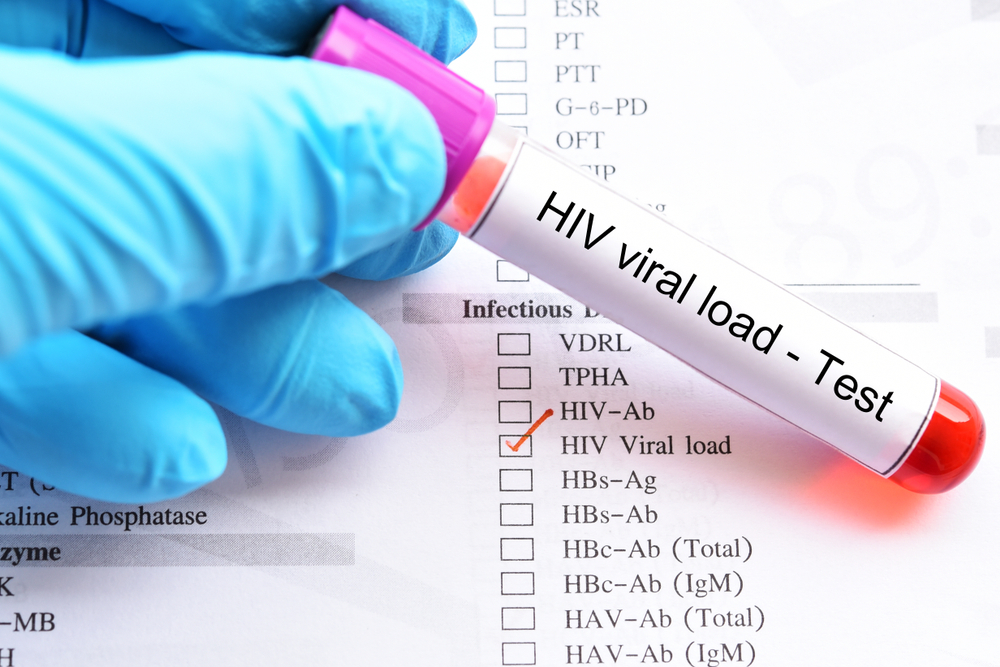Living with HIV means becoming fluent in a language of numbers that might seem confusing at first but actually hold the key to your health and future. Two numbers in particular – your viral load and CD4 count – aren’t just medical jargon your doctor throws around. They’re basically your body’s report card, telling you exactly how well your treatment is working and how strong your immune system is fighting back.
Think of these numbers as your personal health GPS. They don’t just show you where you are right now – they help map out where you’re heading and guide the decisions that can literally change the trajectory of your life. Understanding what they mean puts you in the driver’s seat of your own health journey.
The beauty of modern HIV treatment is that these numbers can actually become your allies rather than sources of anxiety. When you know what they represent and how to influence them, you gain real power over your health outcomes.
Viral load is your body’s virus counter
Your viral load measures exactly how much HIV is floating around in your bloodstream at any given moment. Picture it like counting cars on a highway – the more virus copies per milliliter of blood, the busier that highway gets. High numbers mean the virus is actively making copies of itself and causing trouble throughout your system.
The magic happens when antiretroviral therapy drives that number down to undetectable levels. Undetectable doesn’t mean the virus has vanished completely, but it means there’s so little of it that standard tests can’t find it. More importantly, when your viral load stays undetectable, you cannot sexually transmit HIV to partners. This concept, known as undetectable equals untransmittable, has revolutionized how people think about living with HIV.
Getting to undetectable typically takes consistent treatment over several months. Your body needs time to respond to medications and bring the virus under control. But once you reach that goal, maintaining it becomes much easier with proper medication adherence.
CD4 count reveals your immune system strength
While viral load tells you about the virus itself, CD4 count reveals how well your immune system is holding up against the attack. CD4 cells, also called T-helper cells, are like the generals of your immune army. They coordinate your body’s defense against infections and diseases.
A healthy person typically has between 500 and 1,600 CD4 cells per cubic millimeter of blood. HIV specifically targets and destroys these crucial cells, which is why monitoring their numbers becomes so important. When your CD4 count drops below 200, your immune system becomes severely compromised, making you vulnerable to opportunistic infections that healthy immune systems easily fight off.
The good news is that effective HIV treatment can help your CD4 count recover over time. Some people see dramatic improvements within months of starting treatment, while others may take longer to rebuild their immune strength.
Reading your numbers like a health detective
The real insight comes from looking at both numbers together rather than focusing on just one. High CD4 count paired with undetectable viral load represents the gold standard – your treatment is working perfectly and your immune system is strong. This combination means you’re living with HIV in the healthiest way possible.
Low CD4 count alongside high viral load signals that your treatment needs immediate attention. The virus is actively damaging your immune system, and medication adjustments are likely necessary. This situation requires close collaboration with your healthcare team to find the right therapeutic approach.
Sometimes you might see low CD4 count even with undetectable viral load. This usually means your treatment is successfully controlling the virus, but your immune system needs more time to recover from previous damage.
Taking control of your viral load
Driving your viral load down to undetectable levels requires consistent action on your part. Taking your antiretroviral medications exactly as prescribed is absolutely non-negotiable. Missing doses or taking them irregularly can lead to treatment resistance, making future therapy options more limited.
Creating a daily routine around your medications helps ensure consistency. Many people find success linking medication times to existing habits like morning coffee or evening news. Setting phone reminders can also help establish this crucial routine.
Regular monitoring through blood tests allows you and your healthcare team to track progress and catch any issues early. These tests also help determine if your current treatment regimen is optimal or if adjustments might improve your results.
Boosting your immune system naturally
While medication does the heavy lifting in HIV treatment, lifestyle choices significantly impact your CD4 count recovery. Proper nutrition provides your immune system with the building blocks it needs to rebuild and function effectively. Focus on getting adequate vitamins A, C, D, and E, along with minerals like zinc and selenium.
Quality sleep gives your immune system time to repair and regenerate. Chronic sleep deprivation can suppress immune function even in healthy people, so prioritizing seven to nine hours nightly becomes especially important when living with HIV.
Regular exercise improves circulation, helping immune cells move throughout your body more effectively. You don’t need intense workouts – even moderate activity like walking or swimming can provide significant benefits for immune health and overall wellbeing.

















